Past Lectures
Most people do not think of looking for geology from the sidewalks they travel, but for the intrepid geologist any good rock can tell a fascinating story. All one has to do is look at building stone in any large city to find a range of rocks equal to any assembled by plate tectonics. Furthermore, building stones provide the foundation for constructing stories about cultural as well as natural history. In his talk, David will explore stone ranging from 3.5-billion years old to 120,000 years old, the most commonly used building stone in the country, and rock used by the Romans to build the Colosseum. He will discuss history, transportation, and architecture to give you a new way to appreciate urban geology. Plus, we’ll even be“visit" a couple of quarries and see where the stone originates.
David B. Williams is an author, naturalist, and tour guide whose award-winning book Too High and Too Steep: Reshaping Seattle’s Topography explores the unprecedented engineering projects that shaped Seattle during the early part of the twentieth century. This talk is based on Stories in Stone: Travels Through Urban Geology. Williams is also a Curatorial Associate at the Burke Museum. His next book, Homewaters: A Human and Natural History of Puget Sound, will be published in April 2021.
Almost a century ago, scientists and mountaineers in Oregon observed the retreat of Oregon’s glaciers and raised alarm over the potential for an ice-free Oregon in the not too distant future. That future has now arrived. The recently founded Oregon Glaciers Institute (OGI) is monitoring changes in Oregon’s endangered glaciers with the goal of projecting their viability. OGI recently concluded a state-wide survey of how many glaciers remain in Oregon with an estimate of how many existed more than 60 years ago when the last such census was conducted. In this presentation, we will look at the implications of these findings and why such changes are occurring (including Oregon’s geology and climate change), with a final note on how one can help in preserving Oregon’s vanishing glaciers.
Dr. Anders Carlson fell in love with glaciers as an undergraduate student while conducting research at Matanuska Glacier in Alaska. After receiving his B.A. in Geology and German from Augustana College, IL, he earned a M.S. at the University of Wisconsin-Madison and a Ph.D. at Oregon State University in glacial geology. Following a postdoc at Woods Hole Oceanographic Institution, MA, he was a professor at the University of Wisconsin-Madison and then Oregon State University before co-founding the Oregon Glaciers Institute. Anders has studied glacier-climate change for 20+ years in Alaska, Canada, Greenland, Svalbard, Scandinavia, Patagonia and Antarctica, with a new focus on glacier changes in the Pacific Northwest.
Paleoseismic Evidence for Holocene Surface Rupturing Earthquakes on the Gales Creek Fault, Northwest Oregon & New Insights into Paleoseismic Age Models — Detrital Charcoal Inbuilt Ages
Little is known about the Holocene activity of northwest-striking faults in and around the Portland Basin. Recent paleoseismic studies of the Gales Creek fault (GCF) have yielded new earthquake-timing constraints for the 73-km-long, northwest-trending fault with youthful geomorphic expression. We excavated a paleoseismic trench across the GCF and document evidence of three surface rupturing earthquakes from stratigraphic and structural relationships. Radiocarbon samples from offset stratigraphy constrain these earthquakes to have occurred ~1,000, ~4,200 and ~8,800 calibrated years before present. Our results suggest the GCF has a recurrence interval of ~4,000 years and if the full 73-km length were to rupture it would result in a Mw 7.1 to 7.4 earthquake, providing a significant seismic hazard for the greater Portland Metropolitan area.
Our September speaker will be Dr. Victor R. Baker, Departments of Hydrology and Atmospheric Sciences, Geosciences, and Planetary Sciences, The University of Arizona.
In 1923, J Harlen Bretz, a recently tenured University of Chicago professor, newly appointed to the Journal of Geology editorial board, shocked the geological community with his paper in that journal proposing that an immense late Pleistocene flood had emanated from the margins of the nearby Cordilleran Ice Sheet. Cataclysmic flooding, which Bretz named the “Spokane Flood,” neatly accounted for numerous interrelated aspects of the Channeled Scabland landscape of eastern Washington, as well as features in nearby regions, including the Columbia Gorge, the Portland Basin, and the Willamette Valley.
A look inside as to what geologic mapping actually entails — educating others on fieldwork and how to get the most out of it.
“Hello, my name is Chanel Dvorak. I am a second year graduate student at Portland State University. I am lucky to have had the opportunity to geologically map two 7.5 minute quadrangles In eastern Oregon through the USGS EdMapping program. Currently I am working on more geologic mapping in neighboring quadrangles for my masters thesis. I have spent about 17 weeks in the field, geologically mapping, teaching PSU’s field camp, and absolutely loving every minute of it. I truly believe fieldwork is one of the most beautiful things geology has to offer!”
Iceland is a small island in the north Atlantic that is a mecca for geology! It sits on the Mid-Atlantic Ridge so has lots of active volcanism. It has so much interesting geology in such a small area, and it is very dynamic. Hot springs, mudpots, and fumaroles are everywhere. Our presenter Dr. Scott Burns is Emeritus Professor of Geology at Portland State where he is in his 50th year of teaching and has been a GSOC member for over 25 years He leads trips around the world for Stanford University, the Smithsonian and American Cruise Lines.
Our speaker will be Dr. Bill Orr. Online details TBA.
Since fossils were first collected there has been an active commerce in faking and selling facsimiles. Collectors are willing to pay high prices for beautifully prepared fossil specimens. While most fake fossils are easily recognized as such, there are examples that have fooled even the experts. Today most of the fake fossils are being produced in China and Morocco but the practice is widespread. This talk will discuss, with visuals, fake fossils as well as some of the ways they are recognized. Some of these, like the Pilt Down man and the Cardiff giants are quite famous
GSOC President Sheila Alfsen has decided to cancel the Banquet due to the risks that the coronavirus poses for our attendees.
This decision was quite difficult. Over the last few days, Sheila spoke with David Montgomery, our planned speaker, several times. His travel plans for the trip from Seattle to Portland for the event changed last week - from flying to driving (to minimize risk by not going through airports). However, David lives in Seattle, he has flown recently, and he teaches classes daily at University of Washington, so his potential for exposure is relatively high. Sheila and David spoke last evening and both felt that the risk to attendees outweighed the benefit of having him come to Portland. We are hopeful that David will be able to reschedule with GSOC, perhaps in the fall.
Registrants will receive full refunds, to be processed over the next week.
Sincerely and with the wish for all to remain healthy,
GSOC Board members
…And Hitting Complexities!
Note: our annual meeting will begin at 7:00 p.m. and our speaker will begin at 7:30 p.m.
You can see an amazing amount of geology from Oregon’s and Washington’s roads. In this talk, geologist and photographer Dr. Marli Miller will outline the Pacific Northwest’s geology as seen (mostly) along our federal and state highways. Beginning with our plate tectonic setting, she will describe the process of continental growth that forms the underlying but diverse basement of the region, followed by a photographic “roadtrip” up the Columbia Gorge to illustrate younger features. Along the way, the many geologic complexities raise important questions, opportunities for new research, and fascinating stories.
Dr. Miller is the author of Roadside Geology of Oregon, 2nd Edition, and most recently Roadside Geology of Washington, 2nd Edition, which she wrote with Darrel Cowan of the University of Washington. She is a Senior Instructor II/Associate Research Professor in the Dept. of Earth Sciences at the University of Oregon. Copies of her books will be available at the event. She also maintains the website geology photos which provides free downloads of instructional geology photos.
Stories about fracing are common in the news and popular media. Fracing is not new — the original patent was issued just after the Civil War. But now there are thousands of frac jobs taking place each year in the US. Do we need to do this? Are we doing it in the best way possible? Our speaker Dr. Laird Thompson has been working with frac monitoring and frac technology for the past 10 years and has experience from Texas to Canada and the East Coast.
Dr. Michael Cummings, PSU Emeritus Professor of Geology, will discuss implementation of Next Generation Science Standards (NGSS) for students in Oregon. Supporting teachers as they made the shift from the old way of teaching science to the expectations of NGSS has been the focus of professional development since 2015. Dr. Cummings will describe three examples that illustrate working with teachers and districts to implement NGSS. These include: 1) Project based learning in the Mitchell School District, 2) Groundwater studies in Harney basin at Crane Union High School, and 3) Integration and implementation of NGSS in multi-grade classrooms.
Photo: Harney Rockers, Crane Union High School Physical Science Class.
Nick Zenter will speak about “Supervolcanoes of the Pacific Northwest.” Prof. Zentner has made a name for himself with his involvement in several series of video productions explaining geology to a general audience in the Pacific Northwest. His series have included the popular “2 Minute Geology,” “Downtown Geology Lectures,” “Nick on the Rocks” and “The Nick Zentner Geology Podcast.” In 2015, Nick received the prestigious James Shea Award, a national award recognizing exceptional delivery of Earth Science to the general public.
PSU Geology doctoral candidate Vanessa Swenton will discuss her research investigating some of the volcanic eruptions that occurred in eastern Oregon approximately 16 million years ago (Ma) to present day. There are two dominant volcanic provinces that have had episodes of high-silica (silicic/felsic) volcanism in eastern Oregon. The older episode is known to be associated with the Yellowstone mantle plume and Columbia River Basalt Group volcanism. The younger episode is within the High Lava Plains, and it is debated as being solely a result of the initial Yellowstone plume, or as a result of Cascadia slab rollback processes.
President Sheila Alfsen will give a pre-lecture on the Tyee formation for participants in this weekend’s Mary’s Peak field trip and for anyone else interested.
Progress report on an integrated study of an Eocene subtropical shelf-margin delta, Coos Bay, Oregon
The Middle to Late Eocene Coaledo Formation and underlying Beds of Sacchi Beach record a marine history of forearc sedimentation. The sediments aggrade from slope turbidites to shoreface deltaic sandstone encased in deep-water silty mudstone. This talk is a progress report on a multiyear, multidiscipline research program, testing the hypothesis that the Sacchi Beach-Coaledo succession represents a shelf-margin lowstand of sealevel deltaic system. A team of 12 geoscientists is collecting an interdisciplinary database for reassessing the depositional history of the rocks exposed along the Cape Arago, Shore Acres and Sunset Bay State Parks.
The 2018 eruption on the Lower East Rift Zone of Kilauea Volcano was a remarkable event in many regards. From early May through mid-August scientists and society alike bore witness to voluminous amounts of lava erupted out of a new fissure system that formed within the middle of the Leilani Estates subdivision, ultimately destroying over 700 homes and creating 875 acres of new land. There are places in the Cascades where a similar eruption could unfold. These include Newberry Caldera near Bend, OR, and also in the greater Portland area which has had a series of cinder-cone-style eruptions occur over the last several million years that collectively form what is known as the Boring Lava Field. Cascades-relevant lessons from the Kilauea volcano include the importance of having monitoring equipment in place before unrest begins; the importance of continuously engaging stakeholders in the emergency response community, in land-management agencies, and in communities near volcanoes so that when a volcano wakes up there is broad familiarity with roles and responsibilities as well as the nature of volcanic hazards; and the importance of having good working models of volcanic systems to help interpret the significance of various unrest phenomena associated with the movement of magma. Our speaker Seth Moran is a seismologist and Scientist-in-Charge (SIC) for the U.S. Geological Survey’s Cascades Volcano Observatory (USGS-CVO) in Vancouver, Washington.
Jon Krier, MA Archeology at University of Oregon will be discussing his work on coastal paleoland forms. In 2016, in a collaboration between OSU and the Confederated Tribes of Grand Ronde, a new set of coastline change models for the last 20,000 years were developed. The goal of the project was twofold: First, the straightforward goal was to get a clearer picture of how the Oregon and Washington coastlines had changed since the Last Glacial Maximum in light of newly developed digital elevation models that incorporated isostatic adjustments.
The Geological Society of the Oregon Country invites you to its 84th Annual Banquet. Ian Madin, DOGAMI Senior Scientist and Earthquake Hazard Geologist will discuss three recently discovered fault systems: Mt Hood, The White Branch of The McKenzie, and the John Day fault. Registration is now closed.
GSOC field trip leaders will present our "Year in Review" program with brief slideshow summaries of their trips.
Dave Olcott: Snake River Plain
Sheila Alfsen, Mt. St. Helens Helicopter Tour
Paul Edison-Lahm, Camp Hancock and John Day Basin President’s Trip; Downtown PDX Building Stone Tours; Eastbank Bike GeoTour; Johnson Creek Watershed Tour
Our GSOC Annual Holiday Party is scheduled for FRIDAY, December 14, at 614 NE 114th Ave., Portland. GSOC Board Members will provide main dishes with protein of various sorts. Other members please bring vegetable, side dishes or desserts for 6 to share, plus beverage of their choice. Music program to be announced. Please RSVP.
Bring a Rock to Help Us Decorate the Audubon Geologic Fireplace at Marmot Cabin!
Portland Audubon has been working with GSOC and Poetry in Stone to design a rock veneer for the fireplace at their new Marmot Cabin environmental educational facility which will represent the geological story of Oregon and they are requesting donations of locally representative accent rocks. Do you have any nice rocks collected in Oregon or Washington that you’d like to donate? Bring them to the potluck and meet our friends from Audubon!
Schedule of activities
6:00 pm: Set-up for party
6:30 pm: Dinner buffet
7:15 pm: Welcome presentation. Nominations for GSOC Board members for the 2019-2020 year will be open.
7:30 pm: Dessert and musical program. A slide show of the field trips will be displayed during the meal and afterwards.
8:30 pm: Clean-up
Oregon’s premier paleontology, Dr. Bill Orr will speak on the topic of "Extinctions." Although we perceive them as catastrophes, mass extinctions are one of the most powerful tools geologists employ as time markers. The presentation will address the major phanerozoic extinctions was well as their probable causes. Included will be a summary of the ever changing cause and effect of the Cretaceous/Tertiary event.
The Bonneville Flood was one of the largest floods on Earth. The cataclysmic flood-from the rapid 115 meter drop of Lake Bonneville from the Bonneville level to the Provo level-was nearly 200 meters deep in places and flowed at a maximum rate of about 1 million cubic meters per second — about 100 times greater than any historical Snake River flood. Jim O’Connor has worked at the U.S. Geological Survey since 1991, intent on improving understanding of the processes and events that shape the remarkable and diverse landscapes of the Pacific Northwest.
Bill Burgel will speak on the topic of Earthquake Early Warning Systems. His presentation will focus on efforts to provide extremely quick and accurate information of a seismic event especially Magnitude 5.0 and higher to businesses and communities so that they can react to minimize the extent of earthquake damage and/or loss of life. Bill spent 48 years in Railroad Industry after receiving his MS in Structural Geology from Idaho State University and his BS in Engineering from the University of Michigan, with a minor in Geologic Oceanography.
Emily Cahoon's talk will focus on volcanic deposits around the John Day Valley and further south to Burns, Oregon. This includes the Clarno Formation, John Day Formation, and lots of mid-Miocene lavas and tuffs. Also, there are unstudied Oligocene to mid-Miocene basaltic lavas and dikes exposed south and east of known PGB localities. These help to reevaluate Picture Gorge Basalt (PGB) distribution and to better understand evolution, mantle components, and possible petrogenetic connections among PGB, Steens Basalt, and the Strawberry Volcanics. Broadly, we will explore the proposed connections between the John Day Formation, the Columbia River Basalts, and the Yellowstone plume.
Evaluating the Influence of Cascadia Subduction and the High Lava Plains on Magmatism at a Geologic Crossroads in Central Oregon. Our speaker Dr. Jeffrey Templeton is a Professor of Geology at Western Oregon University, where his research interests include igneous petrology, volcanology, and undergraduate geoscience education.
Paleomagnetists — scientists who track the motions of continents from ancient magnetic field directions frozen into rocks — have long known that Oregon has been slowly rotating clockwise over geologic time. Today, GPS documents that the entire Pacific Northwest is rotating clockwise at a little less than 1 degree per million years, causing the Coast Range to move northward and push against slow-moving Canada. The northward push is responsible for crustal earthquakes on shallow faults in the Northwest urban corridor. Dr. Ray Wells has been a research geologist with the USGS for 40 years, where he used field geology, paleomagnetism, and GPS to understand the tectonic evolution and seismic hazards of active continental margins.
Recent lidar mapping of large landslides in the western Columbia Gorge in Skamania County, WA, shows that there are many more landslides than previously thought. The mapping area contains at least 215 discrete landslides of various ages — ranging from more than 15,000 years old to currently active. Tom Pierson is a senior research scientist at the USGS Cascades Volcano Observatory in Vancouver, Washington, where his investigations focus mainly on volcano hazards involving lahars (mudflows), floods, and landslides — processes occurring both during and following volcanic eruptions.
Sorry registration is now closed. The Geological Society of the Oregon Country invites you to its 83rd Annual Banquet. Speaker Ellen Morris Bishop will present “Mountains out of Molehills: A Brief History of The Wallowas.” The banquet will be held March 11, 2018, at Ernesto’s Italian Restaurant. Doors to the banquet room open at 1:00 p.m. Buffet Luncheon at 1:30 p.m. Program will begin at 2:45 p.m.
Past Field Trips
Gather up your picnic food, BYOB, and join us from the comfort of your home or backyard to see Garret Romaine, Executive Director of the Rice Museum, and Sheila Alfsen, GSOC President, take us on a tour of the Rice Museum collections.
This event will be rescheduled. Come see billion-year-old building stones and the fossils hidden under our feet. Join us for a two-hour outdoor walking tour of downtown Portland’s geological mysteries and oddities. Tour is a one-mile loop on accessible sidewalks and in public buildings. Open to public.
Come see billion-year-old building stones and the fossils hidden under our feet. Join us for a two-hour outdoor walking tour of downtown Portland’s geological mysteries and oddities. This tour is open to the public.
This trip will focus on the geology and hydrology of the Johnson Creek Watershed. This will be an approximately 6 hour car tour led by Melanie Klym and Matthew Brunengo.
This trip through the geology of the Lewis River area involves about 2-3 miles of hiking. However, we will be driving about 120 miles total, so we encourage carpooling. Additional details and starting point TBA.
Field guide pdf can be found here.
Paul Edison-Lahm and Evelyn Bennett will be leading this beginner/intermediate level hike and car tour of Mt. Tabor and Powell Butte. No knowledge of geology is necessary.
We will be starting early at the Mt. Tabor Visitors Center to beat the day’s heat and meet up with Friends of Mt. Tabor. We will encourage people to carpool from Mt. Tabor to Powell Butte. Bring a lunch!
Sorry this trip is sold out.
Two Day Field Trip to Oregon’s Coast Range
Mary’s Peak, Sat. July 13
Join President Sheila Alfsen on a trip to the tallest point in Oregon’s Coast range. We will explore the rocks and geologic processes that made Oregon’s Island in the Sky. Participants will drive to Corvallis and carpool for the day-trip up to the top.
Hwy 20 from Corvallis to Newport, Sun. July 14
A tour along the newly constructed Hwy 20 from Corvallis to Newport. This one day trip will explore the fantastic road cuts of the Tyee formation of the Coast range. GSOC’s Clay Kelleher will show us the mitigation procedures that were employed to make this once unlucky and seemingly doomed highway a reality. Participants will gather at Ellmaker State Wayside near Blodgett to consolidate cars for the tour.
$45 Registration fee includes field guide. However lodging and meals are on your own.
This is a Central Oregon Geoscience Society field trip.
This field trip will explore recent mafic volcanism in the McKenzie Pass and Santiam Pass areas, with a focus on the Sand Mountain volcanic field. We will look at recent lava flows and tephra deposits, and at rivers, lakes, and groundwater that have been shaped by volcanic activity. We will also discuss hazards associated with mafic volcanic activity, including forest fires, disruption of water routes, and damage to infrastructure, agriculture, and tourism.
Our sister club Central Oregon Geoscience Society (COGS) has extended an invitation for this field trip to GSOC members. This offers a great opportunity for meeting fellow geology enthusiasts and for building ties between our two organizations. More information and registration on the COGS website.
Sorry this tour is sold out. Stay tuned for our October tour.
Come see billion-year-old building stones and the fossils hidden under our feet. Join us for a two-hour outdoor walking tour of downtown Portland’s geological mysteries and oddities. This tour is open to the public.
This trip will focus on the geology and hydrology of the Johnson Creek Watershed. This will be an approximately 6 hour van tour led by Melanie Klym and Matthew Brunengo. Thanks to GeoEngineers for their generous sponsorship of this event. New start/end location: front of MILWAUKIE CITY HALL, 10722 SE Main St.
This field trip, organized by GSOC President Paul Edison-Lahm, will focus on the geology of Camp Hancock and the John Day basin. We will be attending an Astronomy Star Party as guests of the Rose City Astronomers and OMSI. This event is sold out.
Once again this year, Sheila Alfsen will host a tour by helicopter of Mt. St. Helens and the surrounding devastation area on Aug. 18, 2018. The price includes a presentation in the gift shop theater of the 1980 eruption and its aftermath, and a 40 minute flight over the devastated area and close up to the crater where you can see the effects on the landscape. Additionally Nathan Reynolds, Ethno-ecologist and Habitat Program Manager for the Cowlitz Indian Tribe, will be giving a presentation about the federal designation of Lawetlat’la/Mt. St. Helens as a Traditional Cultural Property of the Cowlitz Tribe and Yakima Nation. This event is sold out.
Join us at the Rice Northwest Museum of Rocks and Minerals for our annual potluck picnic, Sunday, August 12 at noon. Your $10 will go both to your day's museum admission and to your annual membership to the Rice Museum as a GSOC member. This year will be a great time to take advantage of this offer and treat yourself to a tour of this highly esteemed Pacific Northwest treasure.
Our speaker this year is Dr. Nick Famoso, John Day Fossil Beds National Monument Chief of Paleontology & Museum Curator, who will discuss the world-class John Day Fossil Beds. Nick's work has focused on the recovery of mammalian eco-systems after volcanic eruptions such as Mt. St. Helens and the Picture Gorge ignimbrite.
Picnic is potluck style, so board members will bring a main protein-based dish and general members may bring any type of side dish, dessert, or beverage (no alcohol). The Rice Museum is at 26385 NW Groveland Drive, Hillsboro, OR. Hope to see you there!
RSVP for the Potluck
With cooler weather forecast for Saturday, ride with us along the Eastbank from the Portland's youngest rocks to its oldest. We will dine after at the Milwaukie Station Food Carts and Beer Garden. No geologic knowledge required.
This is a 3-hour moderately-paced bike ride (9 miles) with a return by MAX. (A shorter 5 mile route, with return by MAX, is also available.) We will be starting from "Peace Sign Park" at NE Oregon and Interstate.
Come see billion-year-old building stones and the fossils hidden under our feet. Join us for a two-hour outdoor walking tour of downtown Portland’s geological mysteries and oddities. This tour is open to the public.
Sign-ups are now full. If you have already signed-up for this field trip with Dave Olcott, use the registration page to complete your registration and pay your registration fee. If you'd like to be on the alternate list, please email Dave.
We can't get enough of exploring Downtown Portland Building Stone! If you missed our Spring tour or just want to see more interesting buildings, join us for this two-hour walking tour of more of downtown Portland's geological mysteries and oddities. This tour is open to public. We will be meeting at Pioneer Courthouse Square, across from the 6th Avenue Pioneer Courthouse entrance.
The Geological Society of the Oregon Country will host a one-day helicopter field trip of Mt. St. Helens. The helicopter tour is approximately 40 minutes of spectacular scenery as you fly over both the devastated area from the 1980 eruption and the crater itself. An educational presentation by Sheila Alfsen will precede your tour so that you can recognize and interpret the landscape in light of the greatest volcanic event in recorded U.S. history.
This trip limited to GSOC members and their guests only. Become a member today!
Registration now open. Limited to GSOC members and their guests only. This field trip, organized by GSOC President Rik Smoody, will focus on the geology of the Cascades and will climax in the total eclipse of the sun on the morning of August 21. It will be held at a private property in Mill City, Oregon, and will be limited to 48 GSOC members and their guests and 12 vehicles. Cost $80 per person.
This year’s GSOC picnic will be held at the farm belonging to GSOC Past President Janet Rasmussen and her husband Doug Rasmussen. It is open to GSOC members only. It will be held at 5401 NE Riverside Drive, McMinnville, Oregon. If you are coming, bring $5 a head to offset production costs, your favorite picnic chair, your favorite beverage and a side dish or dessert. Janet will be providing hamburgers and veg hamburgers, buns and condiments. Games will include croquet and billiards.
Because of the high temperatures forecast for Saturday, the starting time for this tour has been pushed up to 9:00 a.m. We will fully refund your fee if you have already registered and the new time doesn't work for you. Sorry for the inconvenience. Email Paul with questions or cancellations.
Come see billion-year-old building stones and the fossils hidden under our feet. Join us for a two-hour outdoor walking tour of downtown Portland’s geological mysteries and oddities. This tour is open to the public.
Join us for a one day field trip to study Missoula Floods gravel and cobble deposits, and Boring volcanism in Clark County on Saturday, June 17, 2017. Tour will be given by Bill Montgomery, CEMEX Executive, and GSOC Past Presidents Bo Nonn and Larry Purchase.
A One-day Field Trip
The Geological Society of the Oregon Country will host a one-day helicopter field trip of Mt. St. Helens. We will be based at Hoffstadt Bluffs Visitor Center on the North Fork of the Toutle River. The helicopter tour is approximately 40 minutes of spectacular scenery as you fly over both the devastated area from the 1980 eruption and the crater itself. An educational presentation by Sheila Alfsen will precede your tour so that you can recognize and interpret the landscape in light of the greatest volcanic event in recorded U.S. history.
The deadline for your payment is Thursday, Sept 29th, 2016. Click for tour and payment information.
Registration now closed. Stay tuned for our report on the trip!
Our four-day excursion will travel down the coast to Brookings and across to Grants Pass before returning via I-5. The emphasis will be on the complex geology of the Mesozoic accreted terranes of the Klamaths but on the way we will take a look at Tertiary terranes of the north coast and interactions of Columbia River Basalt flows with coastal sediments.
































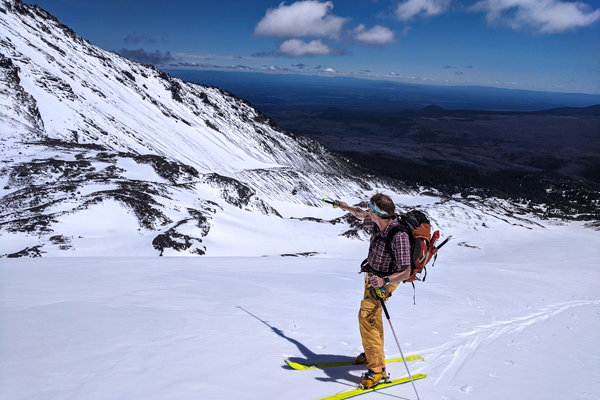



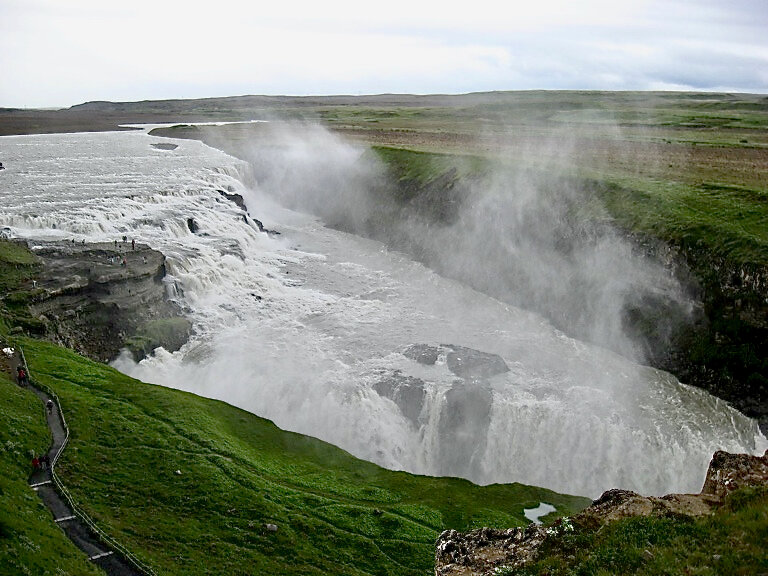


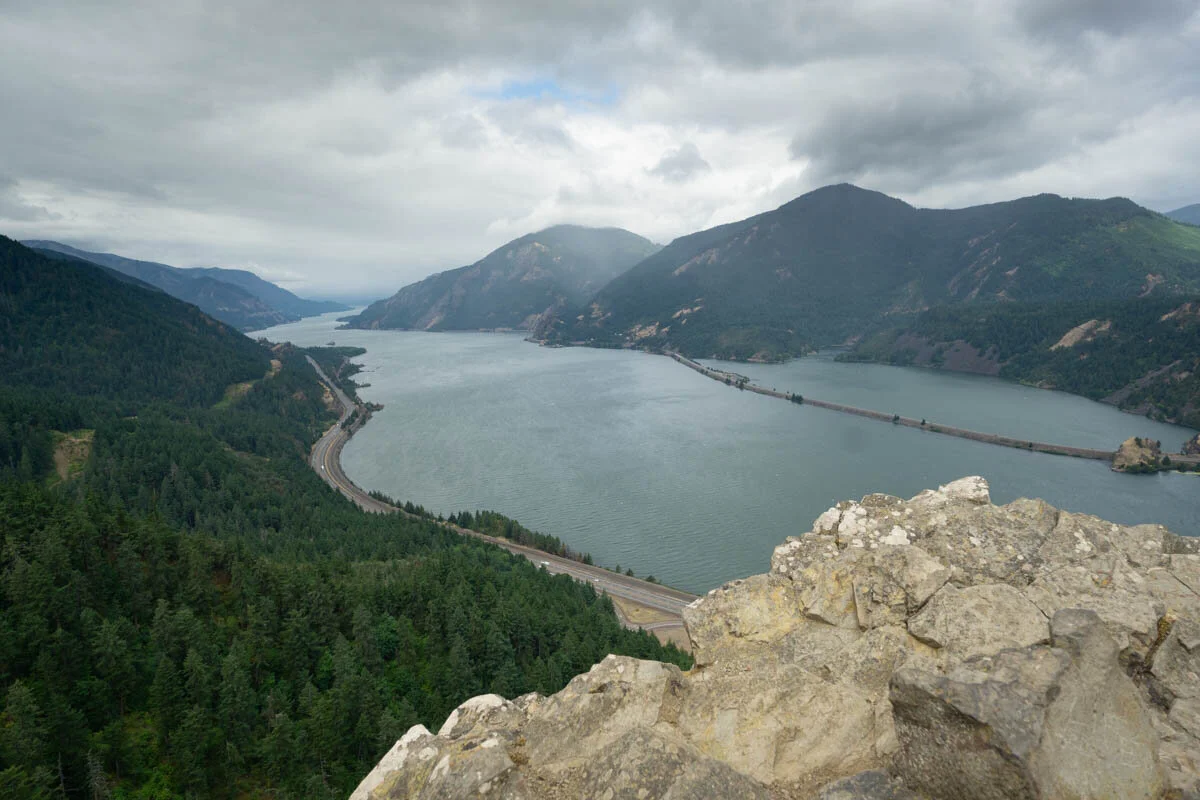











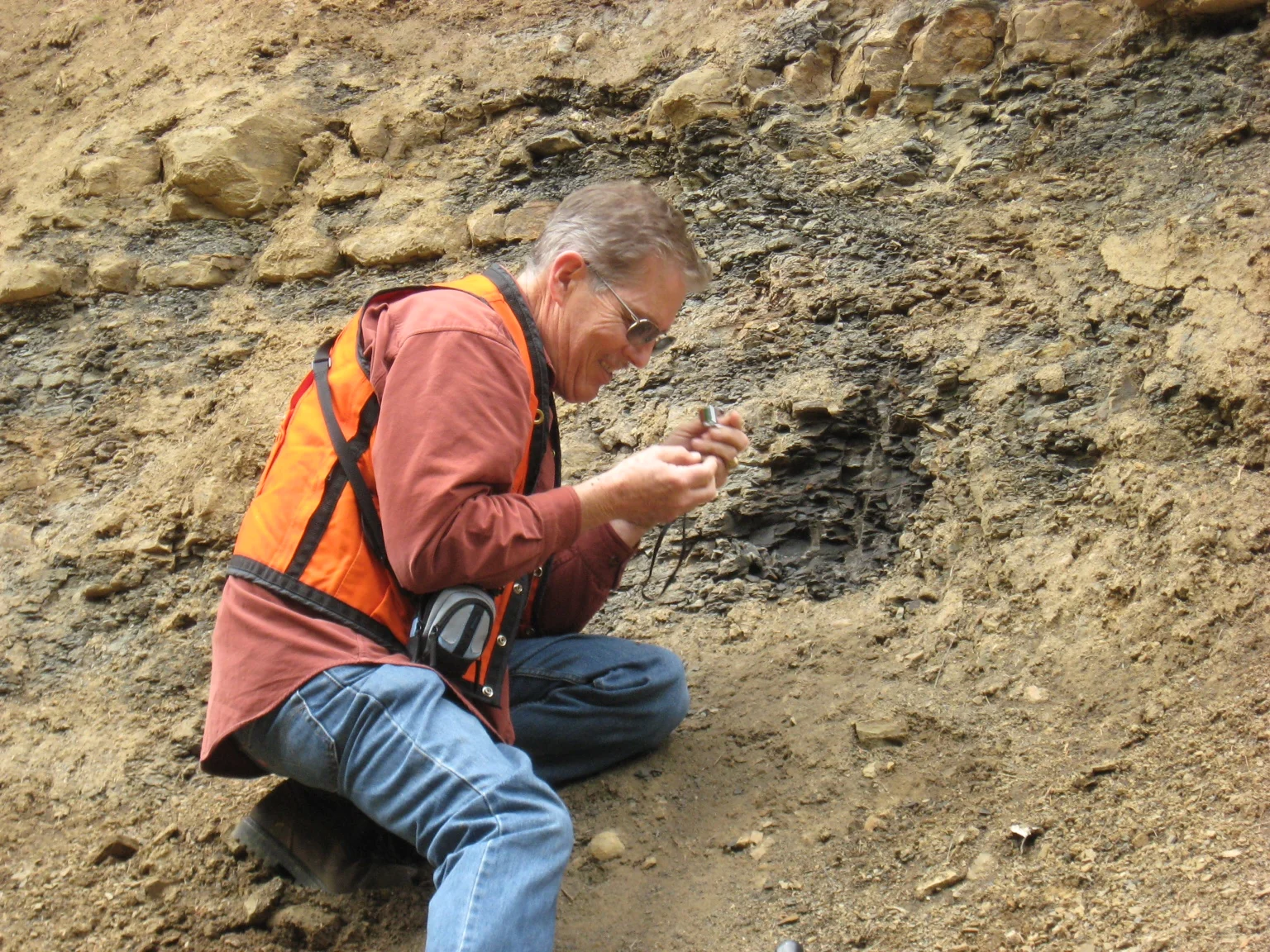
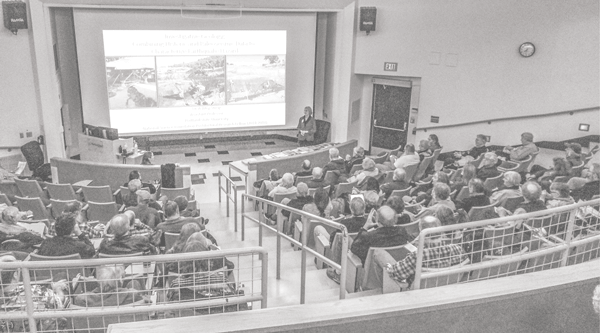




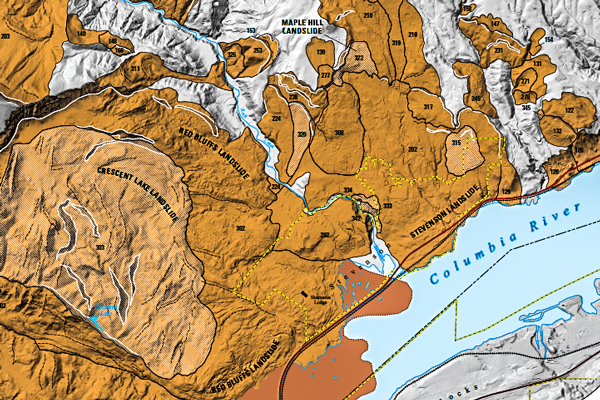












































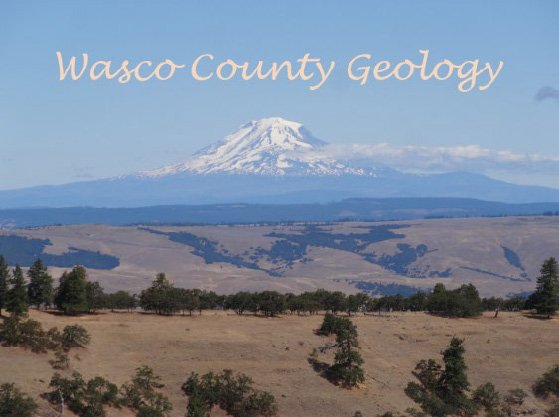
































Our GSOC Annual Holiday Party is scheduled for SATURDAY, December 14, at Woodstock Wine and Deli., Portland. This event is for members and their guests only. Become a GSOC member today!
GSOC Board will provide main dishes with protein of various sorts. Other members please bring vegetable, side dishes or desserts for 6 to share. Do not bring alcoholic beverages. These may be purchased from the deli. Music program to be announced. Please RSVP.